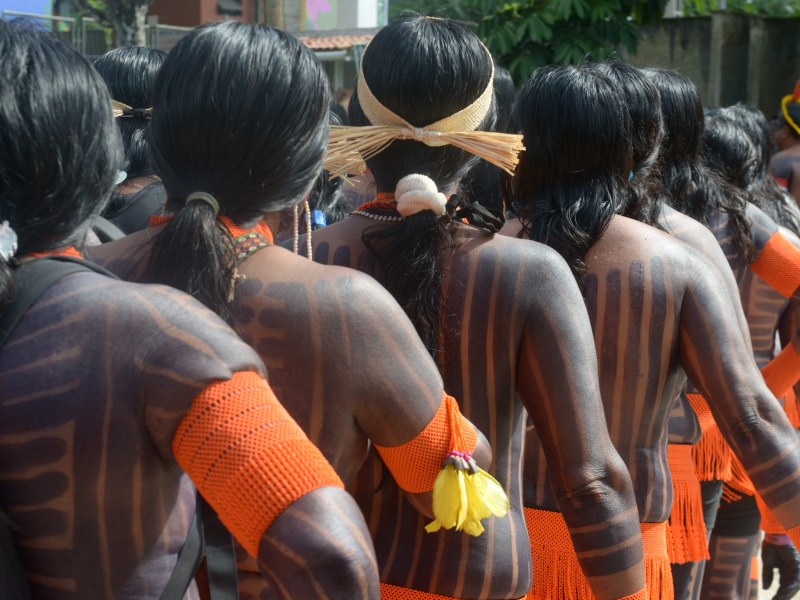New phase of program launched 23 years ago will strengthen 60 federal and state-protected areas.
Jornalista que cobre histórias sobre Conservação da Natureza, Crimes contra a Vida Selvagem, Ciência, Comunidades Tradicionais e Indígenas. Trabalhou em jornais, estações de rádio, governos federal e estadual, organizações não governamentais e setor privado. Pós-graduado em Meio Ambiente, Economia e Sociedade pela Faculdade Latino-Americana de Ciências Sociais - Flacso (Buenos Aires, Argentina). Especialização em Políticas Públicas e Socioambientais. Membro da Comissão de Educação e Comunicação da IUCN - União Internacional para a Conservação da Natureza.

Regulatory distortions cause medium and large producers to snatch most of the public resources in the Amazon
A study by PUC-Rio shows that the application of public funds in the rainforest has been distorted and currently benefits mostly large-scale industrial farming.
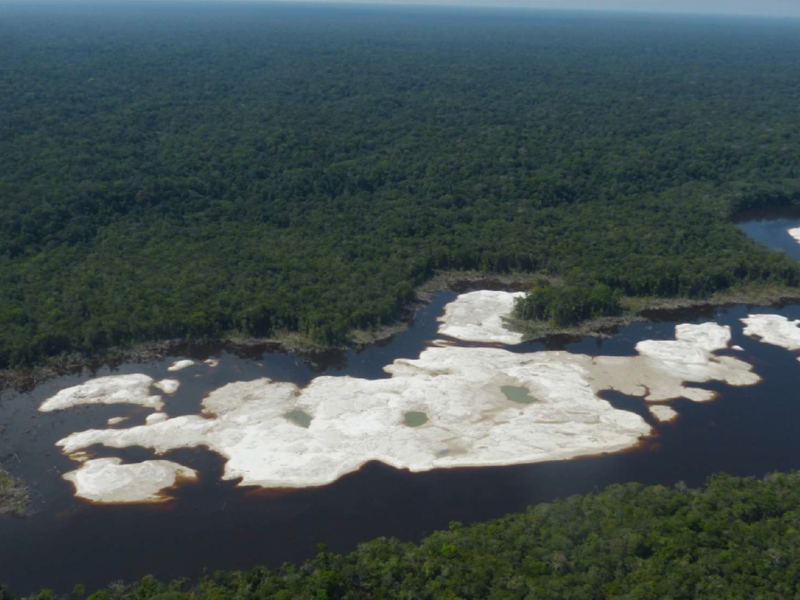
Illegal mining has been growing for 3 years inside an ecological station deep in the Amazon Rainforest
Official report identifies dredges and boats supporting the crimes at the Juami-Japurá Ecological Station, in the state of Amazonas. Impacts on the integral protection area have been growing since 2019.

Proposal to remove Mato Grosso from the Legal Amazon allows deforestation of an area the size of Pernambuco
The measure can expand forest losses by at least 100,000 km² in the state, according to an analysis by the Forest Code Observatory, and harm socio-environmental and economic agendas throughout the country.
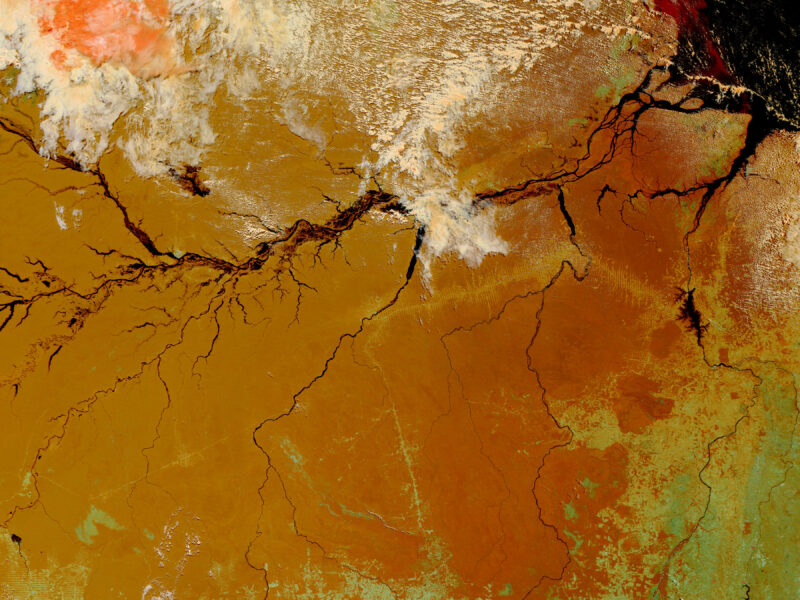
The distribution of rainfall and droughts is changing in the Amazon Basin
Through satellite images, researchers shed light on the distribution and circulation of water and other environmental changes in the rainforest. Records help measure the impacts of deforestation, mining, and hydroelectric power in the largest river basin on the planet.

The Amazon’s most devastating January
Deter’s alerts recorded the largest deforestation in the forest since 2016. The destruction was concentrated in the states of Mato Grosso, Roraima, and Pará and advanced on areas in southern Amazonas and in the region around the BR-319 highway. Deforestation is fueled by a lack of oversight and is expected to grow this year.
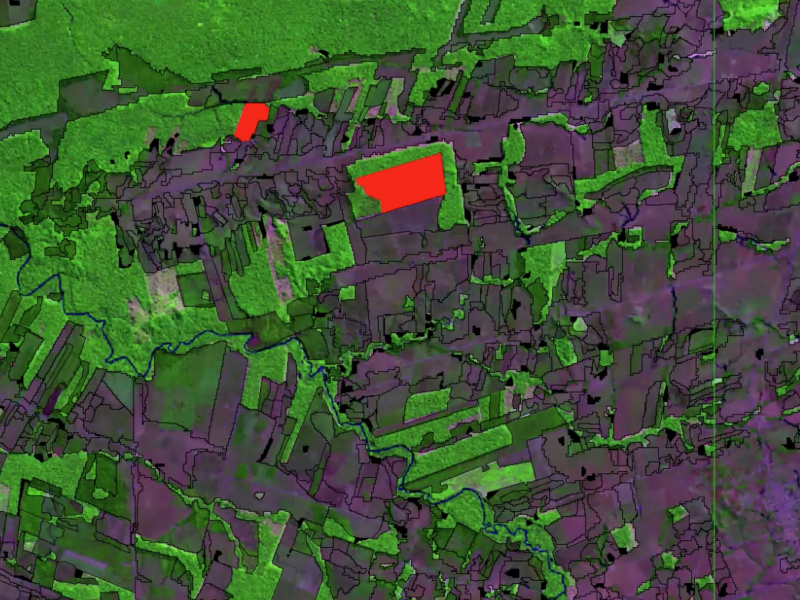
Prodes and Deter: get to know these strategic systems in the fight against deforestation in the Amazon
The INPE programs are vital to keep the forest standing. While Prodes generates annual deforestation rates, Deter makes daily alerts to improve monitoring against tree cutting and fires.
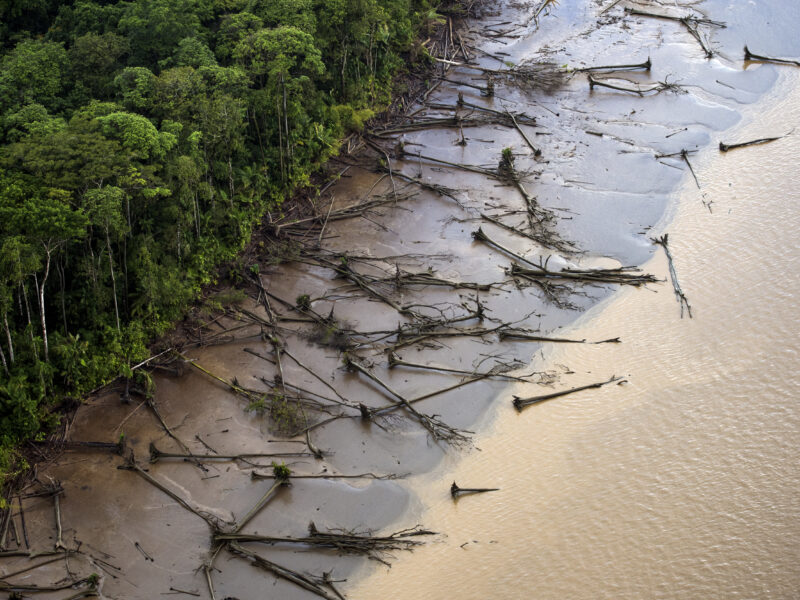
Endangered Amazonian mangroves protect the climate, wildlife, and economies
The Amazon holds 80% of Brazil’s mangroves. A bridge between terrestrial and marine environments, mangrove formations guard stores of greenhouse gases, shelter unique species, and maintain human populations, but they are under threat.
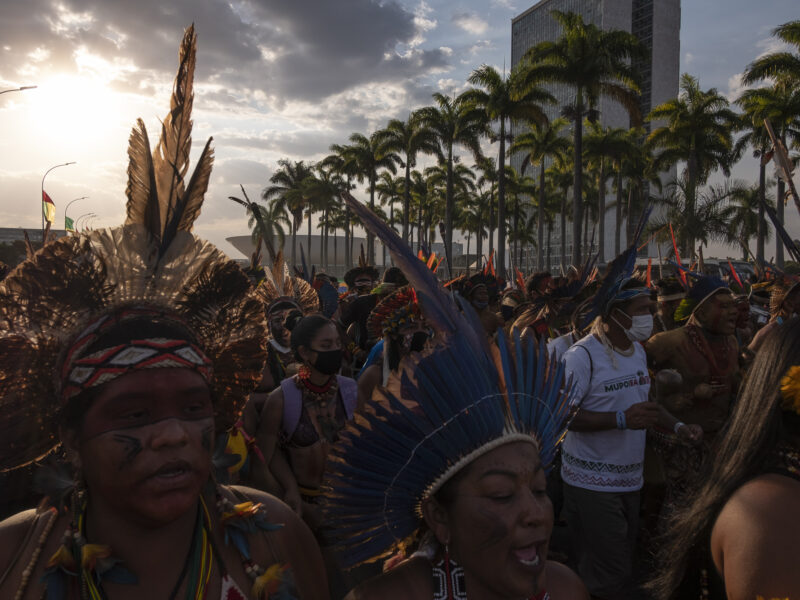
The anti-Amazon bills on the agenda for Congress
Institutions heard by InfoAmazonia and PlenaMata list the bills that pose the biggest threat to the forest and its peoples. Containing the threats depends on popular pressure and organized opposition to Bolsonaro.
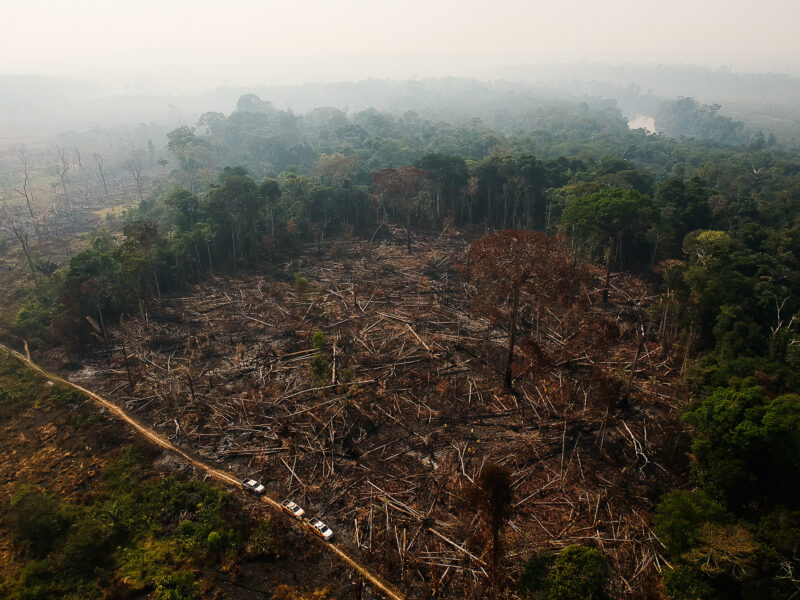
Deforestation in the Amazon reduced rains and increased electricity bills for Brazilians
Research shows that forest clearing reduced water flow and power generation in hydroelectric plants in the Center-West and Southeast of the country. Despite the environmental and electricity bill impacts, the government wants new power plants and dams on the Tapajós River.


